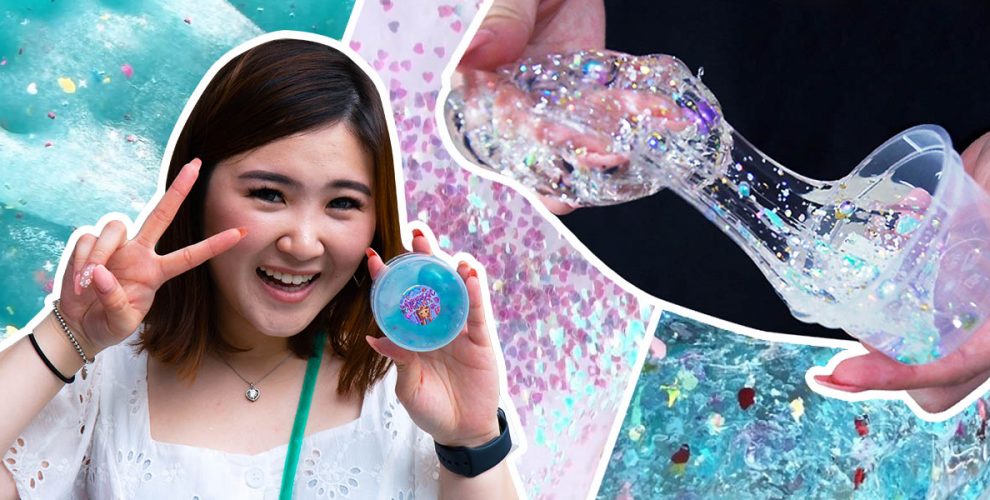Millennials Liking Slime And ASMR
“Guys, this girl, Celeste Ang, has 17K followers on Instagram from selling slime. She’s a banker and a 24-year-old millennial,” I say breathlessly at ZULA’s bi-weekly pitching session. “Check out her account, @whimsicalslimex.”
I look at my editor with a crazy glint in my widened eyes, “Please.”
Fast-forward a week later, I’m setting up cameras in Celeste’s flat, filming her slime-making process, and trying to understand why someone in their mid-twenties would want to play with what is essentially zhng-ed up glue.
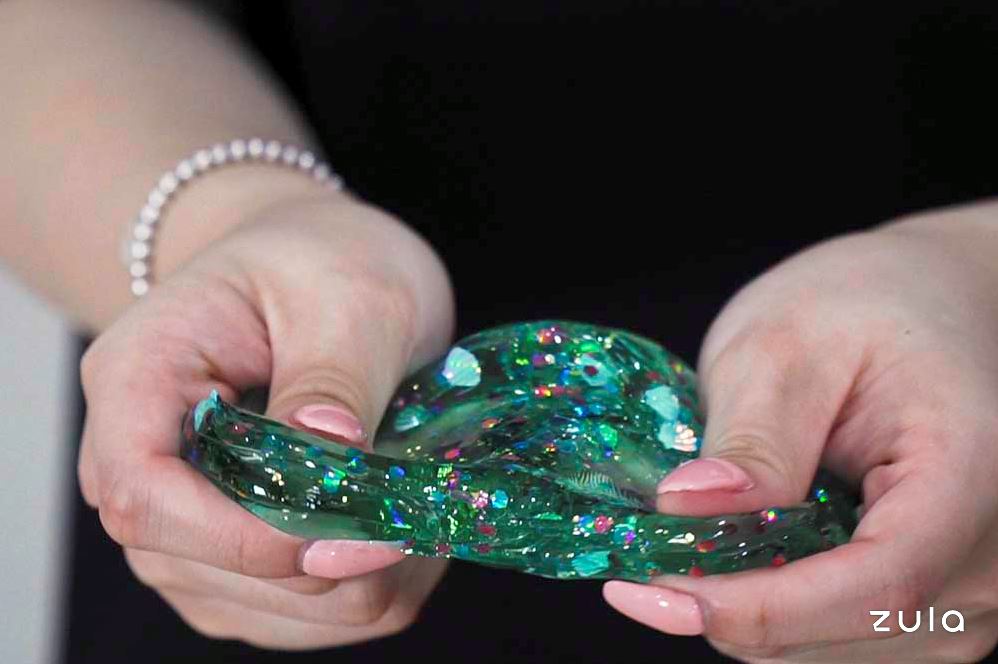
One of Celeste’s bestsellers, Atlantic Sea
What is slime
Slime is a mixture of glue, lotion, food colouring, essential oils (or other scents), contact lens solution and baking soda. Clay, shaving foam, plastic and foam accessories may also be added to give the slime different textures.
Fans find satisfaction when listening to the popping, sizzling and cracking sounds produced by squeezing and kneading the mixture.
For those who aren’t in with the kids, the goopy toy is a universally appealing Gen Z fad. According to Celeste, most members of the local 500-strong slime community are aged 8 to 16. Her youngest customer is 4, and the oldest is a 30-year-old mum of 2.
Making slime
Celeste began dabbling in slime in 2017 after accidentally stumbling upon Instagram user, @glitter.slimes. The account’s colourful designs and “therapeutic bubble pops” got her hooked.
Most of her designs are based on desserts to match scents such as rock candy, cantaloupe, maple syrup, toasted marshmallow, cotton candy and bubblegum so as to create slime that smells and looks realistic. As a finishing touch, Celeste decorates her creations with accessories like glitter, foam balls, charms and beads.
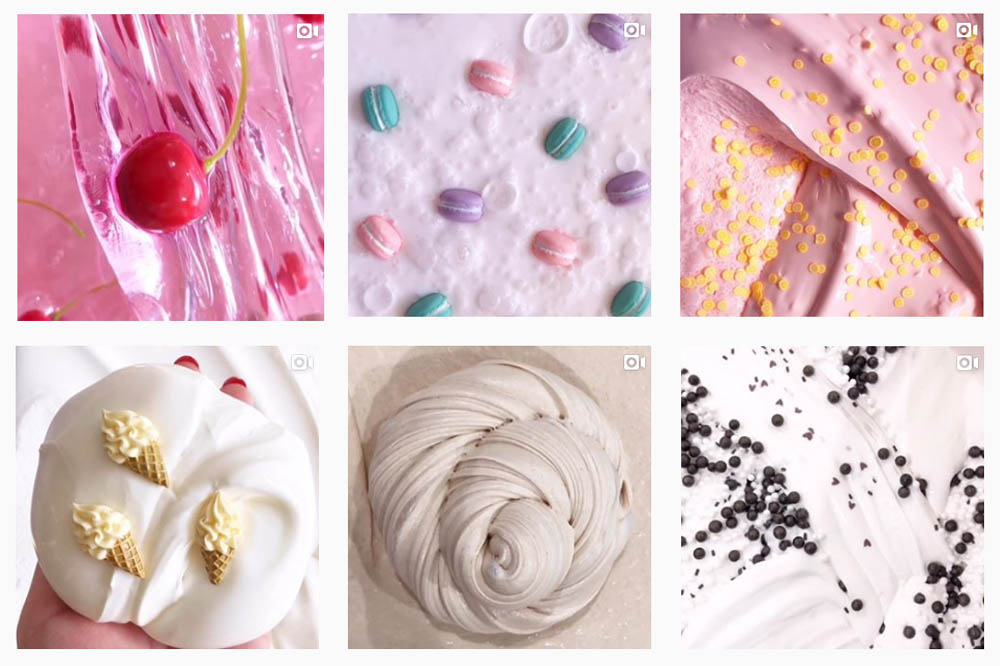
Slime from Celeste’s Instagram page, @whismicalslimex
On average, Celeste spends 18 hours a week making 44L of slime after work and on weekends. She also wakes up early on Saturdays to catch the golden hour, so she can create Instagram videos with “the best natural lighting.”
“There’s once when I [was] very tired after work and I still [had] to make slime, my hands actually cramped [up] just from mixing it. Although it’s very tiring, it’s what I like to do so I will still do it lah,” Celeste says with a laugh.
When she says this, I can’t help but giggle too. Celeste is all too aware that being sleep-deprived and hurting her hands from making slime is the epitome of a first-world problem.
Though exhausting, making slime is a much-needed creative outlet for Celeste. She likens the effects of playing with slime to squeezing a stress ball. After a long day at work, this is what she “really needs to destress.”
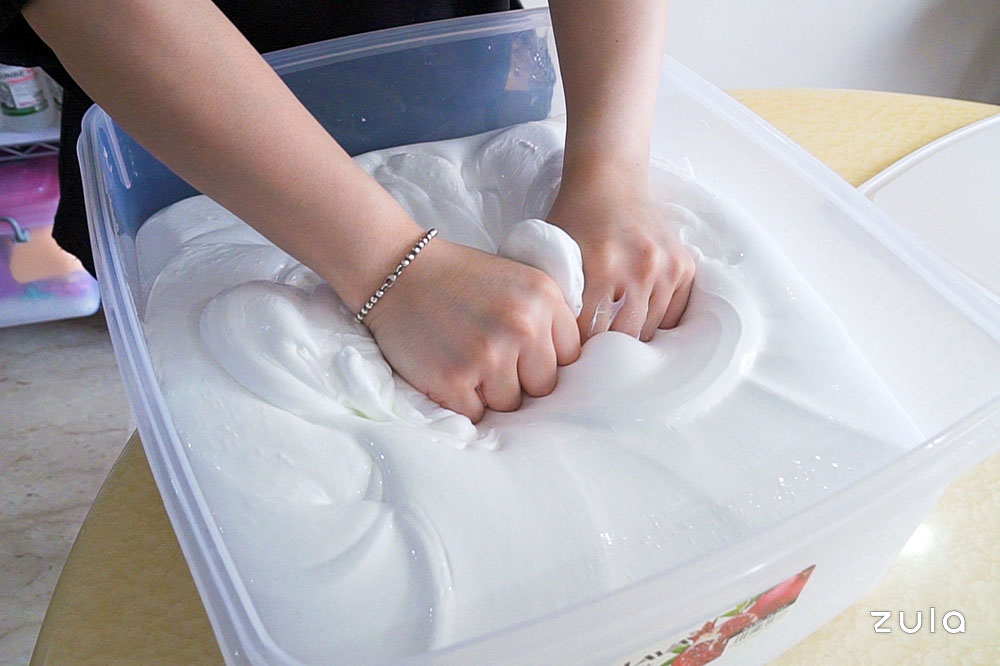
12L of slime base
Slime and its therapeutic ASMR effects
It’s no secret that Singaporeans are a stressed-out bunch. Nearly 92% of Singaporeans were stressed from work, according to a recent survey by health service company Cigna, and more teens are seeking help at IMH for school-related pressures.
Art therapists have weighed in that playing with slime involves stimulating sounds and smells, which offer therapeutic effects. Perhaps this is why the 2017 rise of slime coincided with ASMR’s recent surge in popularity.
ASMR, or Autonomous Sensory Meridian Response, is defined as “a feeling of well-being combined with a tingling sensation in the scalp and down the back of the neck, as experienced by some people in response to a specific gentle stimulus, often a particular sound.” It can be triggered by whispering voices, the sound of bubbles in a fish tank and fingers clinking on a bottle.
One art therapist postulates that children are receiving “less sensory and tactile input from playing outside” and playing with “slime has come in to take the place of these activities.”
Through fidgeting and fiddling with slime, we’ve found a way to discharge our stress and nervous energy.
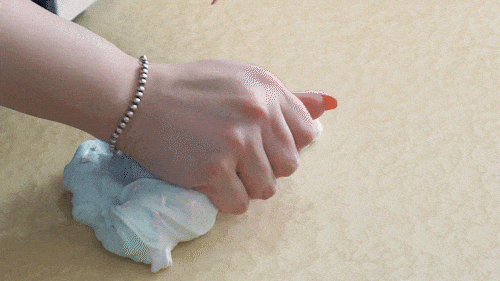
How bubble pops are made for slime ASMR
Slime as a priority because she genuinely likes slime
Watching Celeste play with slime is reminiscent of my toddler self discovering that ‘shiok’ meant allowing glue to dry on my hand before carefully peeling it off. But I still don’t fully understand the appeal. Is it the money?
I mention to Celeste that I read certain slimers can earn anywhere from $4,000 to $7,000 per month selling slime. Hesitantly, Celeste admits she earns a good sum from her 8 consignment locker shops. But most of whatever she earns, she puts back into creating better slime.
For her, having people appreciate her slime is a big motivation to improve her offerings.
“During Slime Bazaar, we rent tables to sell our slime. Bazaars are the time where we can talk to our customers and really thank them.”
“Sometimes when I restock, my followers will be there to pass me gifts or ask for a photo. It makes me feel like, ‘Wow, someone actually cares’ and makes me want to do more. I keep all the notes!”
Relaxing With Slime And ASMR
Before I wrap up the interview, Celeste offers me my virgin touch of slime.
They say you always remember your first. It is a pink, watermelon-scented slime with green and red foam balls; it smells like watermelon Nerds candy. Slowly, I push my fingers into and leave marks in the gummy consistency. It is really fun.
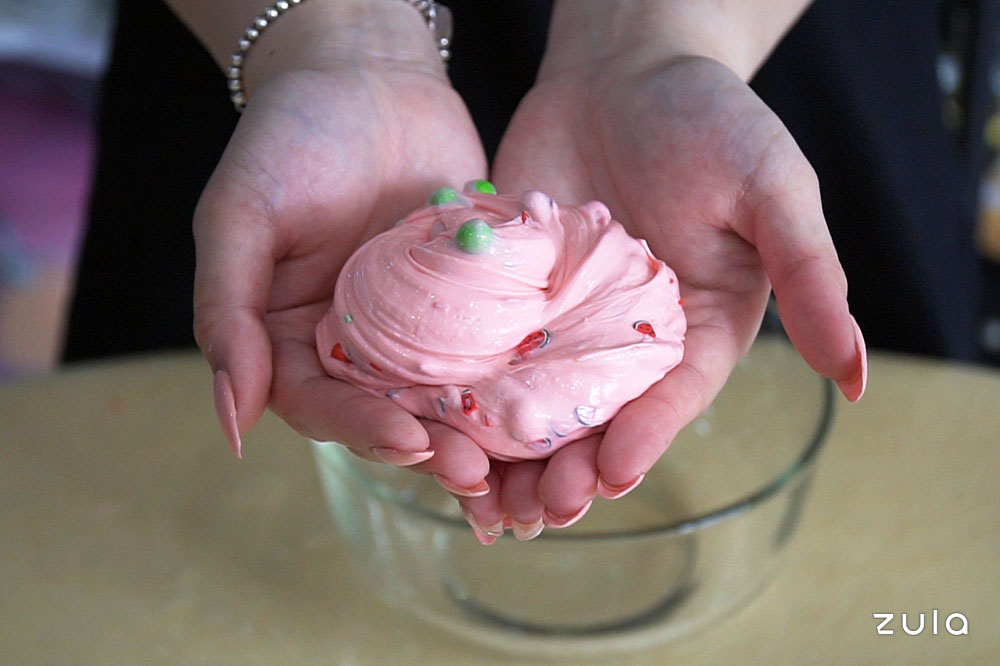
My first slime
That’s when the pieces fall into place. At the heart of the slime trend is a bunch of people who genuinely enjoy playing with slime.
We tend to associate self-care with treating ourselves to a gel manicure or a luxurious spa sesh. But sometimes, self-care is relaxing and relishing how a tub of $4.50 slime feels when you squish it between your fingers.
Before I know it, I’ve spent an entire afternoon at Celeste’s filming and playing with slime.
Damn, slime sure flies when you’re having fun.
If playing with slime doesn’t seem like a good way to treat yo’ self, also read:
10 Massage Spas In JB From S$8.29/30 Minutes To Treat Yo’ Self This Weekend

